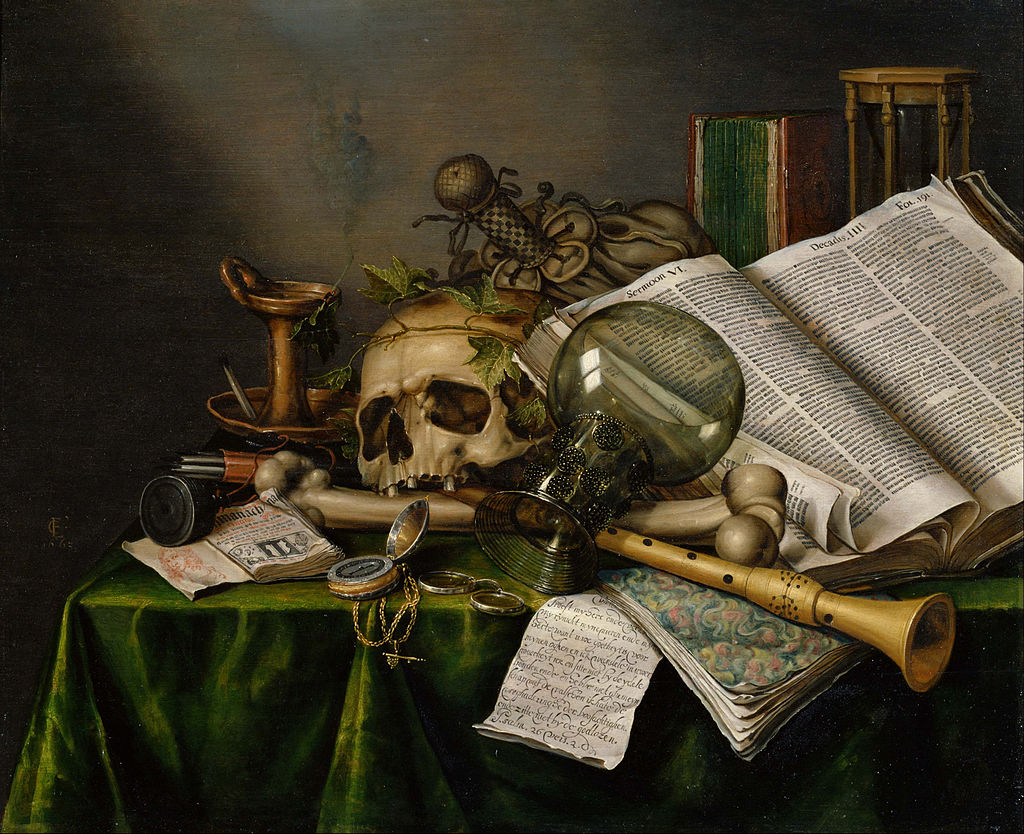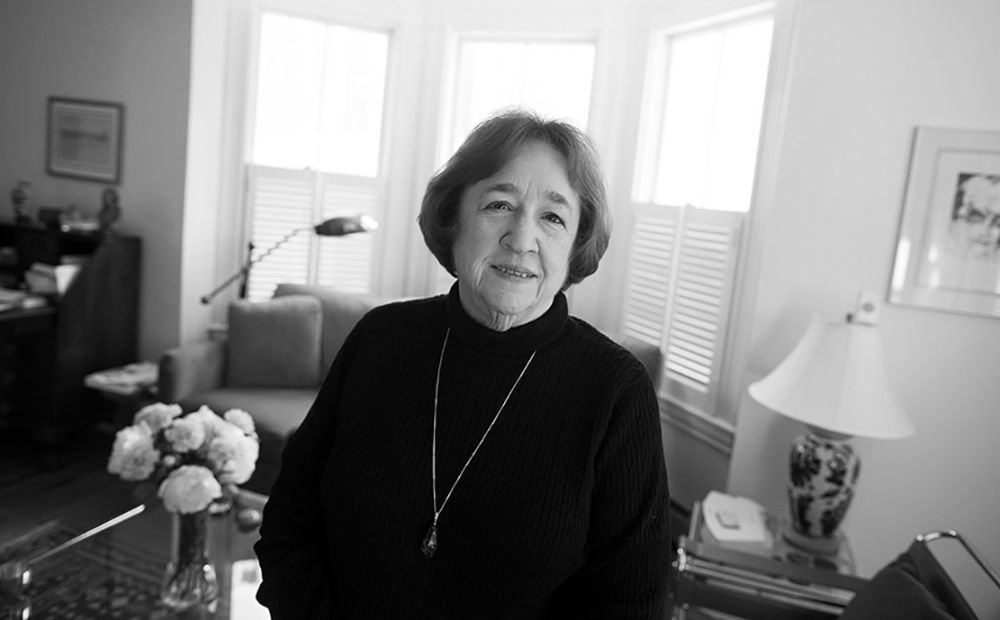Issue 190, Fall 2009
Reading James Ellroy’s novels, it’s tempting to imagine the sixty-one-year-old author as a hyperactive, shotgun-toting, trash-talking connoisseur of crime, women, and American history, the kind of guy who pals around with homicide detectives and wears fedoras and bespoke suits. This portrait, as it turns out, is entirely accurate—except for the attire. These days he favors ivy caps and Hawaiian shirts.
The interview was conducted over the course of a week last spring at his Los Angeles apartment, in a thirties art-deco building where Mae West and Ava Gardner once lived. (“You’ve reached Ellroy’s pad,” he says on his answering machine, in the groovy voice of a late-night-radio DJ. When he rented an apartment in Carroll Gardens last winter, the message was: “This is Ellroy’s swinging Brooklyn pad.”) His apartment could double as a film-noir set: dark red walls, heavy shades, dim yellow lights, plush leather furniture. There are posters for the movie adaptations of L.A. Confidential and The Black Dahlia. Two massive dark mahogany bookshelves frame the entrance to his living room. The bookshelves are full. Every single book is by James Ellroy.
Ellroy is a hulking presence. He is six foot three, with strong eyes and a tall, gruff face that reflexively composes itself into a frown. He does not walk so much as stomp. During rare pauses in conversation he makes deep guttural noises to fill the silence. His tone is relentlessly jocular, conspiratorial, wisecracking. He screams with laughter. Often he sounds like one of the characters from his novels about fifties-era LA: he has a gas or a blast, he vibes women, he digs it. Someone who doesn’t know the score is a dipshit or, worse, a geek. There is always a grin hidden behind his most brazen performances.
We spoke for several hours each afternoon, the sunlight disrupting the darkness of the living room in thin horizontal bars. Ellroy usually nursed his trademark drink, a quadruple espresso on the rocks, and when he got particularly animated he would pitch his torso forward, as if he were about to jump across the table; at other times he’d stand up to full height, blocking out the sun.
When we weren’t in the apartment, we drove around the city. He showed me the houses where the attractive girls in his high school had lived. As a teenager he would peep through their windows, and if the girls weren’t home, he’d break in and look for drugs, alcohol, panties. He still remembers each house’s weak spot, the back door left ajar or the window with the faulty latch.
Ellroy is a charismatic public speaker and rarely turns down an invitation. That week he had two engagements. He exhorted a class of aspiring screenwriters to quit smoking, get rid of their tattoos and piercings, and always address their elders as Mr. or Mrs. “Do this, and people will say to themselves, This kid knows his shit and understands that there is a social contract.” At the LA Police Academy in Griffith Park, he emceed a ceremony in which academic scholarships were awarded to children of police officers. On the way out he tried to buy a Depression-era shotgun from a display case in the LAPD weapons supply store, but was politely informed by a clerk that it was not for sale.
There were also less formal engagements. He talked to women—on the phone, in restaurants, in his apartment. Late one night he drove to the house of his girlfriend. The lights were on: the woman, her husband, and their children were inside. Ellroy opened the window of the car and proceeded to bay like a dog. He drove around the block and howled again. Then he did it a third time. The girlfriend called him the next day, laughing. Apparently he bayed at her several times a month. They had a unique arrangement.
He is now at work on a memoir that links his obsessive skirt-chasing to the main biographical fact about his life, the murder of his mother, Jean Hilliker, when he was ten years old. The killer was never found. The crime, and Ellroy’s reinvestigation of it some forty years later, inspired his first memoir, My Dark Places, which was praised as much for its formal innovation as for its shocking subject matter. But his mother is present, to a varying degree, in most of his novels. This is especially true of The Black Dahlia, his fictional retelling of the investigation into the rape and murder of Elizabeth Short, a young woman whose gruesome death in 1947 transfixed the public and became the stuff of local myth. Like Jean Hilliker, Short was a beautiful, hard-living woman who had moved to LA to escape a difficult past. And like Hilliker’s, her case was never solved—though in his fictional version of events, Ellroy finds the killer.
The Black Dahlia, The Big Nowhere, L.A. Confidential, and White Jazz make up the LA Quartet—a series of novels that won Ellroy a massive readership and critical praise for his manipulation of genre conventions, his unsympathetic depiction of Los Angeles in the fifties, and his manic, staccato, hard-nosed prose, about which Elmore Leonard said, “reading it aloud could shatter your wine glasses.” Ellroy next began work on an even more ambitious project, the Underworld USA Trilogy. American Tabloid, The Cold Six Thousand, and Blood’s a Rover map a secret history of America from the JFK assassination to Watergate through the intersecting stories of government agents, snitches, mobsters, ideological zealots, movie stars, and national politicians. In these books Ellroy refined a style that is all his own, incorporating elements of street slang, FBI officialese, and Hollywood gossip-rag shorthand. The Ellroy sentence is jumpy, overcaffeinated, spring-loaded—always ready to pounce.
Before I could ask my first question, Ellroy cut me off with two of his own: “I’m the greatest crime writer ever, right? Is there anyone better than me?” But as the week went on, and we pressed past the shtick and the riffs, he grew more reflective. He leaned back in his chair, and spoke more slowly. One afternoon he even went to his bedroom, shut the blinds, and took a nap.




